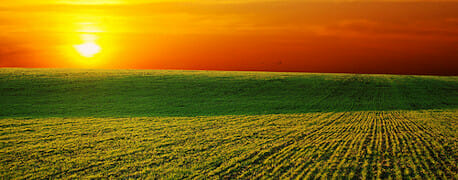Farmland Is Not Vacant
The sign is no longer there, but I think of it when I’m driving north on Interstate 35, near the big box retail stores that have been marching north from Ankeny.
“VACANT land for sale,” the sign announced. It was nailed to a fence just west of what will soon be ribbons of corn.
This is NOT vacant land, I mutter to myself. This is not a void, not an emptiness that will only be filled if covered by another superstore, a factory, town houses.
It is a farm. It has been occupied by generations of families who, early on, probably had horses, cattle, chicken, hogs, cabbage, barley and bees. Now it is a showcase for the astounding productivity of Iowa’s King Corn. And for much of the year it is bare soil, an example of our folly in letting our black gold blow away in the wind.
This land is not vacant. It is also a vista, the ever-changing sky behind a farmhouse and a silo. In the spring, it has low wet spots for migrating waterfowl; millions of organisms call its soil home.
This is not vacant land. It is a land with a powerful history—it was prairie, a Native American hunting field, a place for bison to graze, a glacial scrapping, a primeval soup.
Why do we value farmland so little that it is presumed to be empty? Why are so many pleased when that vacancy is filled with another superstore?

